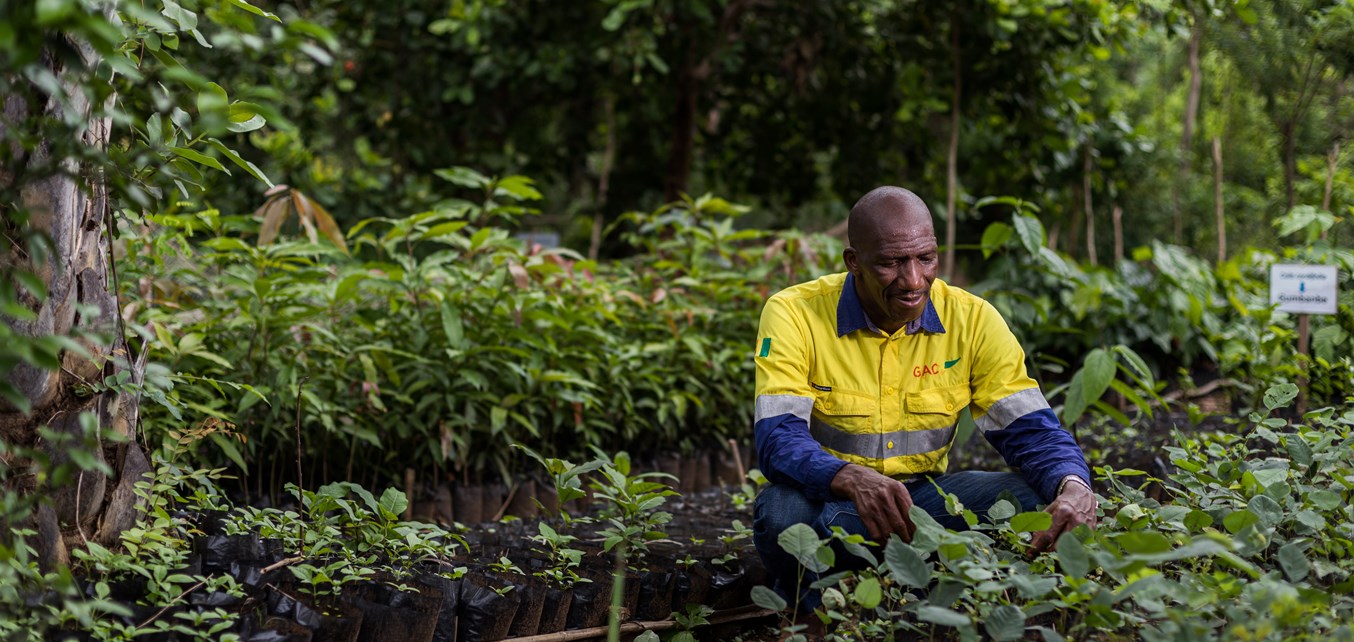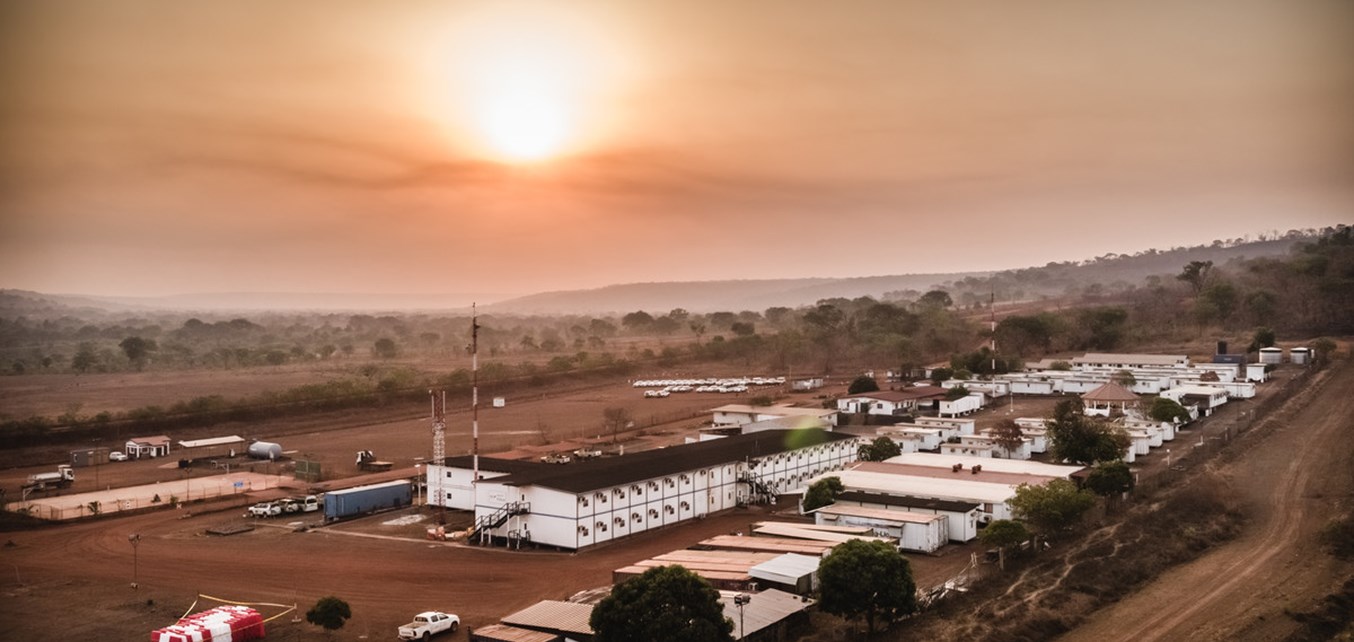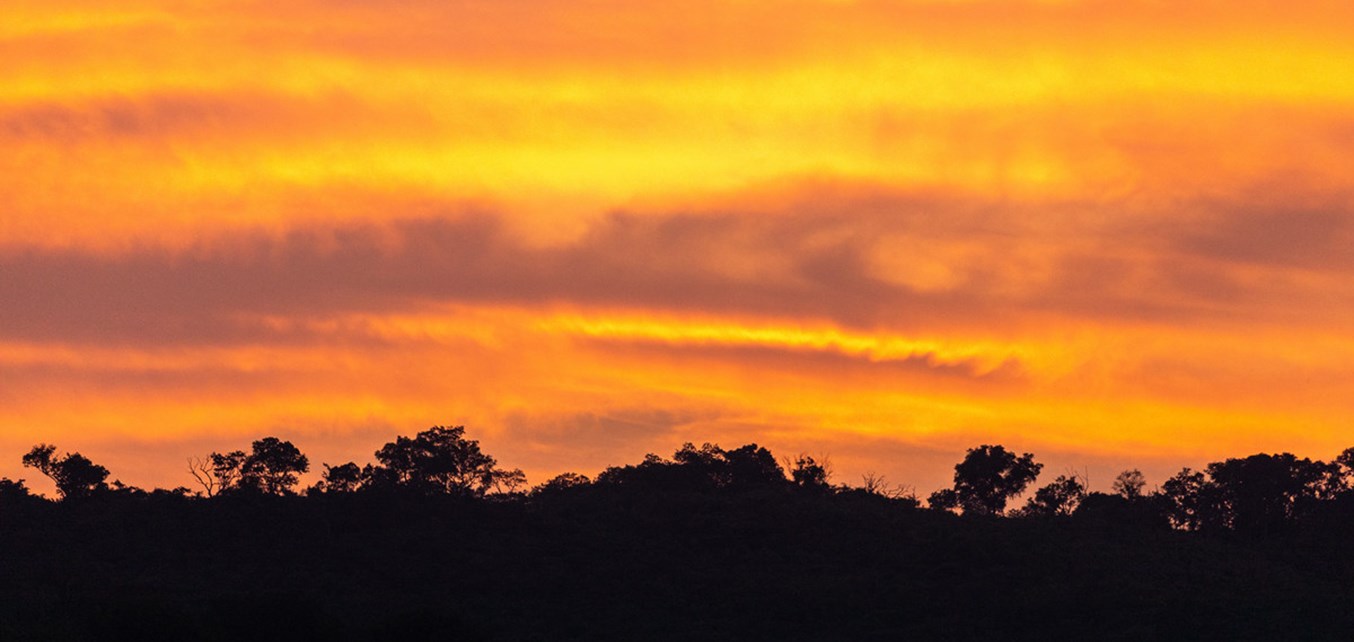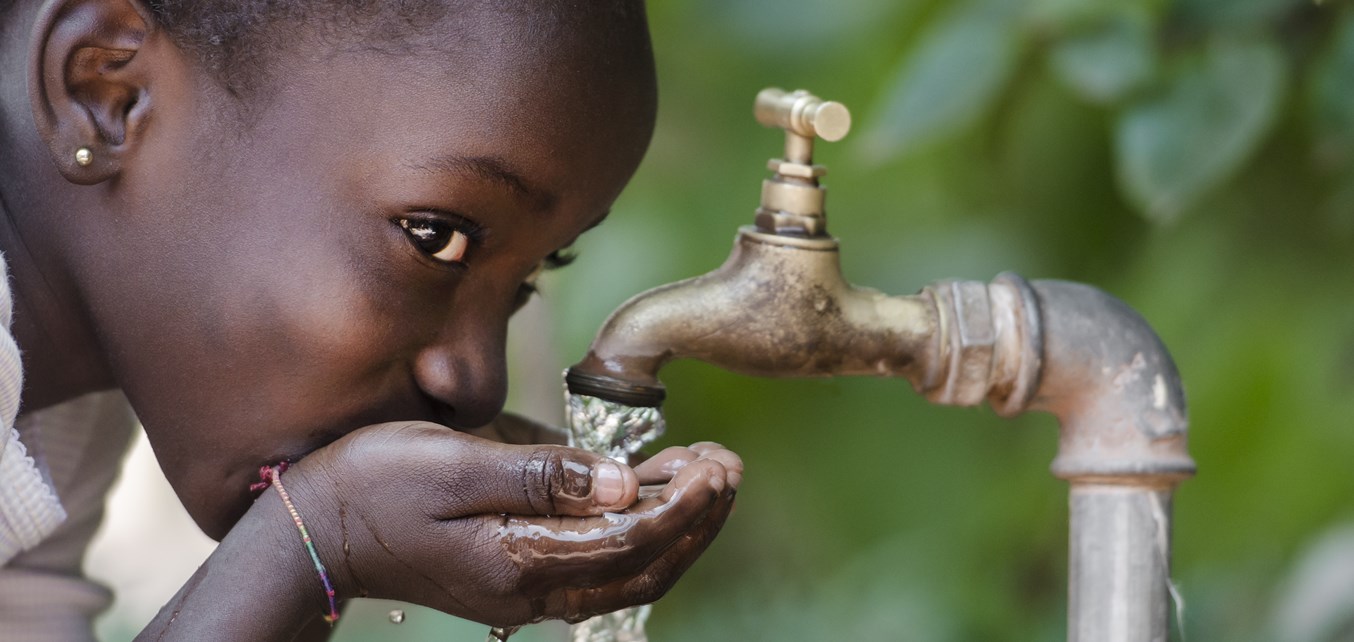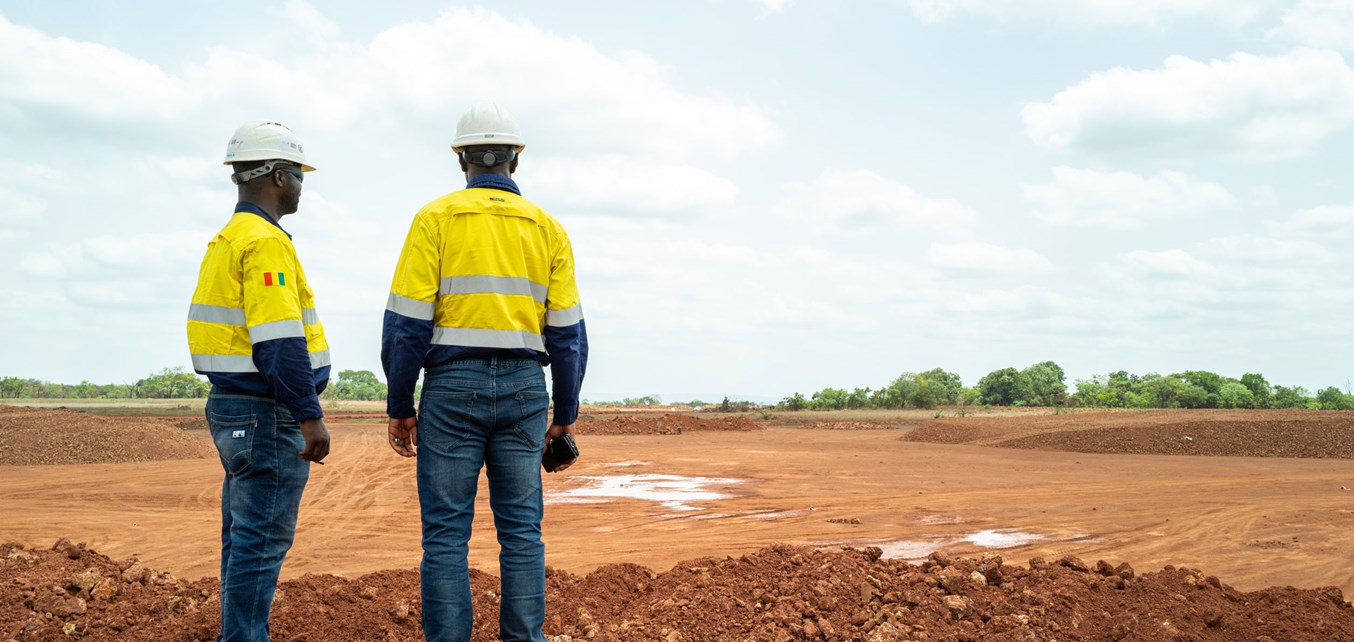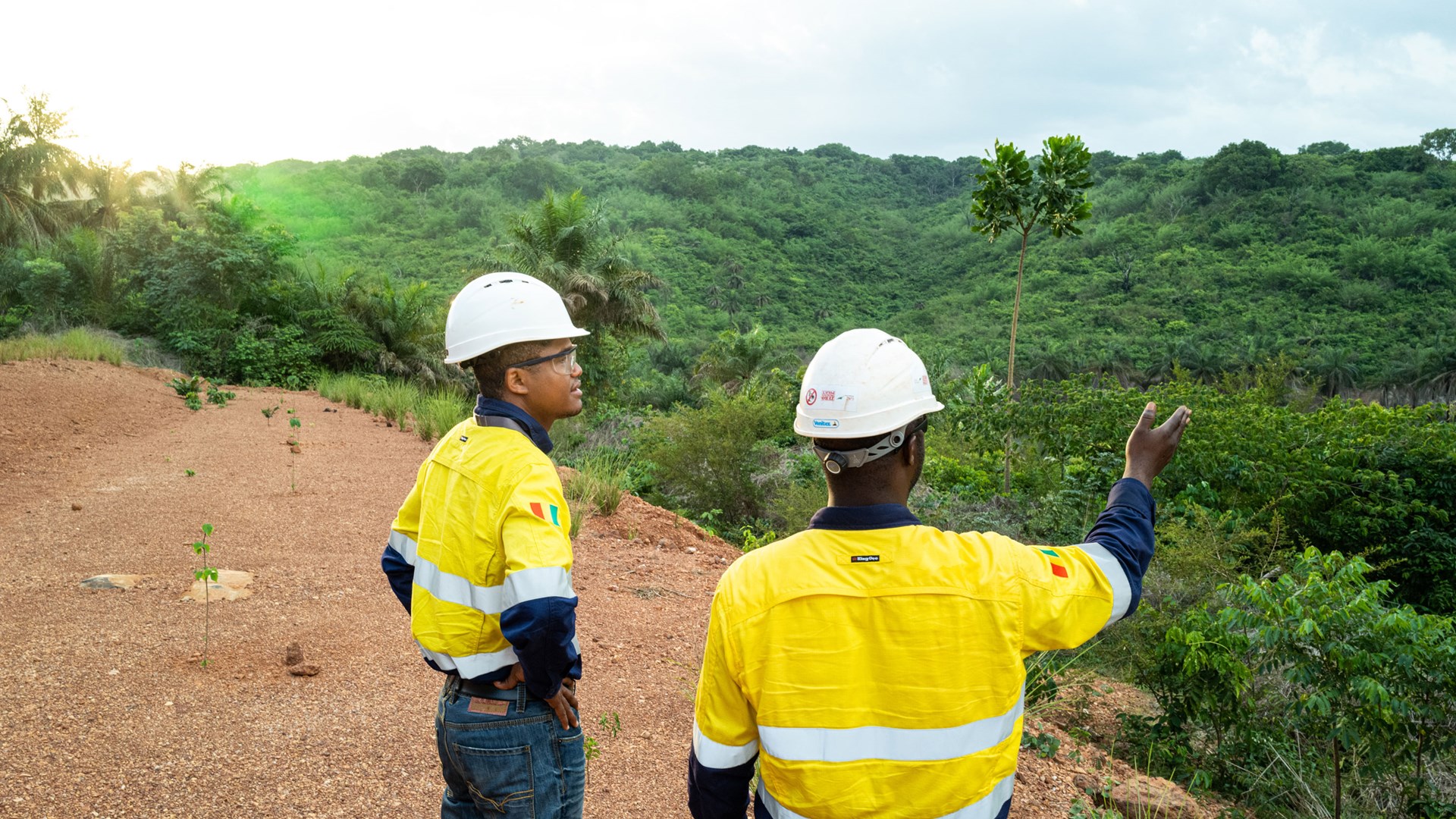
Environment
At GAC, activities with potential environmental impacts are overseen by a dedicated team of in-house environmental specialists. Working together, our operations and environment teams are responsible for managing all necessary controls, monitoring plans and audits plus finding opportunities for improvement.
Potential environmental impacts from the development and operation of our mine, rail and port have been identified through a detailed environmental and social impact assessment. This was prepared in accordance with the Equator Principles, the International Finance Corporation Performance Standards and regulatory requirements of the Guinean government.
Site activities are managed through a project-specific Social and Environmental Management Plan which is complemented by a series of detailed plans for air quality, biodiversity, dredging, noise control, soil management, waste management, water management, rehabilitation and reforestation.
Our activities are monitored by an independent third party to ensure that we are meeting all our commitments under the International Finance Corporation Performance Standards and the Equator Principles.





